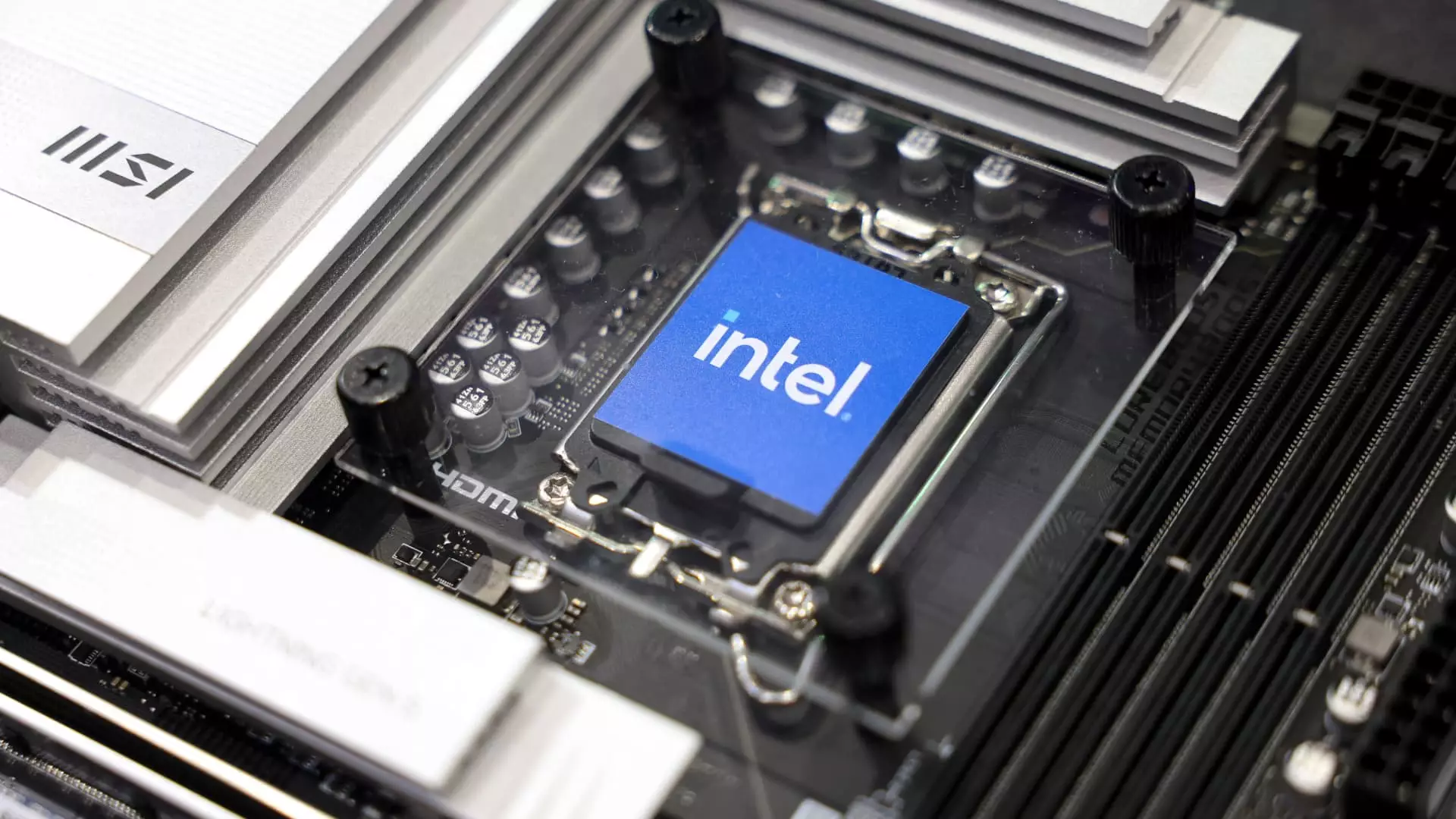The stock market is a pulsating entity, constantly reacting to a multitude of factors ranging from macroeconomic trends to company-specific developments. Midday trading offers a snapshot of investor sentiment and market conditions, making it an ideal moment to evaluate the day’s movers. This article will critically analyze notable stock movements, dissect contributing factors, and provide insights into what they mean for investors and stakeholders alike.
Recent events have thrust certain companies into the market spotlight, showcasing dramatic shifts in stock prices. One of the most significant developments involved Tapestry and Capri. Tapestry’s shares saw a staggering rise of more than 14%, while Capri’s stock plummeted nearly 47%. This pronounced divide was spurred by a legal ruling favoring the Federal Trade Commission’s effort to block Tapestry’s acquisition of Capri. This scenario illustrates the unpredictable nature of M&A activities, where legal setbacks can dramatically affect investor confidence and stock valuations.
Another player in midday trading was L3Harris Technologies, whose shares climbed 3.5% after the company announced remarkable earnings exceeding expectations for the third quarter. This upward movement was fueled by a positive revision of their earnings forecast, now projected between $12.95 and $13.15 per share—better than the previous guidance. The ability of a defense contractor to outperform market predictions often signifies a robust demand for military contracts, reinforcing broader trends in defense spending, especially in uncertain geopolitical climates.
Consumer Goods and Unexpected Trends
In stark contrast, Colgate-Palmolive experienced a decline of over 3% despite reporting earnings that beat consensus expectations. The company posted adjusted earnings of 91 cents per share on revenues of $5.03 billion, which outperformed analyst predictions. This disconnect between performance and stock price indicates potential underlying concerns regarding future growth, market saturation, or perhaps increased competition within the consumer goods sector. Such instances prompt investors to reassess the overall health of consumer sentiment in a post-pandemic marketplace.
Western Digital’s share price surged 7% after the company reported earnings that exceeded forecasts. Posting adjusted earnings of $1.78 per share, although their revenue fell slightly below expectations, highlights a crucial aspect of technology-driven companies: innovation and effective cost management can often outweigh sales forecasts. This perspective is vital for investors as it underscores the importance of operational efficiency in navigating market fluctuations.
Digital Realty Trust, a player in real estate investments, saw a notable 11% increase in its shares after reporting record lease bookings for the third quarter. The firm’s ability to narrow its guidance for core funds demonstrates financial prudence and strategic foresight. This market response illustrates growing confidence in real estate investment trusts, particularly those focusing on data centers amid rising digital infrastructure demands.
Conversely, Coursera’s stock declined approximately 8% as the company projected weaker-than-expected fourth-quarter revenue, despite having previously beat analyst expectations on third-quarter results. The guidance cited diminished demand and retention issues, providing a cautionary tale about market trends in online education. This decline reinforces the challenges faced by e-learning platforms amid fluctuating enrollment metrics and the evolving landscape of education in a post-pandemic world.
The healthcare sector showcased volatility, particularly HCA Healthcare, whose shares dropped over 9%. The slight miss in revenue and adjusted earnings calls attention to the critical pressures the healthcare industry faces, such as rising operational costs, changing regulatory requirements, and patient volume fluctuations. Investors should closely monitor these trends as they could signal larger systemic issues or opportunities within the healthcare sector.
This midday trading analysis reveals the complex interplay of factors influencing stock movements. Companies like Tapestry and L3Harris Technologies benefit from strategic operational successes and legal rulings, while others like Colgate-Palmolive face market skepticism regardless of financial performance. Each stock’s journey reflects broader economic sentiments and industry trends. For investors, understanding these dynamics can inform smarter trading decisions and a more nuanced outlook on potential market opportunities and risks. The stock market, with its sharp rises and falls, continues to be a testament to the uncertainty and excitement inherent in financial systems.

